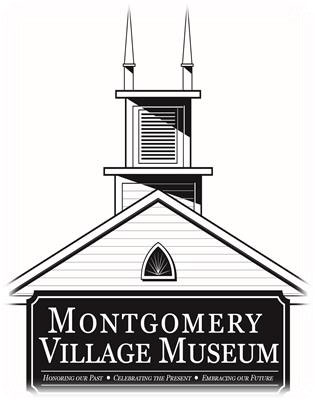The Village of Montgomery During the Colonial Era (1700-1783)
The Wallkill Valley began to be settled by Europeans of German, English, Scots, and Irish origin. These settlers established small farms on the fertile lands in the river valley helping to build a strong agricultural economy. As the agricultural economy grew, so too did agricultural-related industries i.e. grist mills, logging mills, blacksmith shops and mercantile stores. Over time, settlers came together to form the first churches, schools, and service organizations. Around 1730, the waterpower of the Wallkill River began to be harnessed for larger industries. About this time, Johannes Mingus established a grist mill on the northern banks of the Wallkill River (across the river from where the Village of Montgomery sits today). In 1744, the mill was purchased by James Ward who constructed a bridge across the Wallkill River to improve access to the mill. A small settlement grew up on the southern banks of the Wallkill River that became known as Ward’s Bridge. The first streets in Ward’s Bridge (today’s Village of Montgomery) were Bridge Street, Clinton Street (as it ran from Bridge Street to Goodwill Road) and Union Street (leading to Goshen). Following the Revolutionary War, a company formed by a local group of men and a woman purchased the mill and a 200-acre tract of land that was owned by James Ward. They hired James Clinton, a surveyor from Little Britain, to create a master plan. Clinton created a master plan with a rectangular grid street pattern, a village green, a site for an academy and even a common area for a public spring or water supply. James Clinton defined the street pattern and named many of the streets that exist in the Village today. Sometime after the Clinton Map was created, Ward’s Bridge was renamed Montgomery in honor of General Richard Montgomery, a Revolutionary War hero who died in the Battle of Quebec in 1775.
During the Early Republic Era (1784-1825)
In 1787, early founders of the village erected a two-story academy building and petitioned the Board of Regents of the University of New York to grant a charter school where science and language could be taught. In 1791, the Academy was incorporated under the N.Y.S. Board of Regents. The Village of Montgomery was formally incorporated as a village in 1810. In 1818, the original Academy building was replaced with a new two-story Federal style brick building that is home to the Village Hall. In that same year, the Montgomery Fire Department was also established making it one of the first fire departments in New York State. The predominant architectural styles during this period were Federal, Colonial Revival and Gothic Revival. Houses that were constructed during this period can be found throughout the Village’s historic districts. Early transportation routes helped to define the Village of Montgomery. Stagecoaches made daily trips on the turnpike with stops in the Village of Montgomery. The construction of the Newburgh and Cochecton Turnpike played an important role in the early growth of the Village. The construction of the turnpike spurred growth in blacksmith shops, stores, taverns, and inns that provided services to the traveling public as well as growth in the Village’s population. The turnpikes helped to make the Village of Montgomery an important center of commerce within the surrounding region. As the nation grew, so too did its means of transportation. The D&H canal, which ran from Honesdale Pennsylvania to Kingston, New York, also played a role in the Village’s growth. To save costs in shipping from Wurtsboro to Kingston, many goods from Pennsylvania were picked up in Wurtsboro and transported through the Village of Montgomery on their way to Newburgh.
The Romantic Era (1826-1865)
This era is defined by the conflict between the political interests in New York City and those interests of the agricultural community in upstate. During this period, a distinctive country style of architecture emerged. Predominant housing styles of this era include Greek Revival, Gothic Revival, and Italianate styles. This was a period of steady growth. Many houses, commercial businesses and institutional buildings were constructed during this time. In 1831, the Neo-classical First Presbyterian Church on the southwest corner of Clinton Street and Wallkill Avenue was constructed. A few years before, in 1828, the Methodist Church on the northeast corner of Clinton Street and Wallkill Avenue was constructed (Today’s Village Museum). Both structures still stand today contributing to the Village’s rich sense of history and historic charm. During the Romantic Era, there were modest improvements in transportation. This would change following the Civil War due to proactive measures by Village business leaders.
National Era 1866-1920
Following the Civil War, the nation went through a period of industrialization and with it came the predominance of the railroad as the primary transportation mode for industry and passengers. In 1866, Montgomery businessmen came together to form the Montgomery & Goshen Railroad. It opened in 1867 and ran 10.2 miles from Montgomery to Goshen. The creation of the railroad ensured the Village’s place as a center for commerce for the surrounding region. Passengers could take the train from Montgomery to Goshen. From there they could transfer to the Erie Railroad that would then take them into New York City. Rail service also opened the opportunity for area dairy farmers to ship their milk to New York City rather than solely producing cheese and butter. The construction of the railroad spurred growth in the dairy industry (within the Wallkill Valley) that in turn spurred growth in the Village’s business community through the sale of goods and services to area dairy farmers. The railroad had several sidings within the Village that directly served feed stores that sold grain to area dairy farmers. The importance of the Village as a center for the agricultural industry is further reflected in the establishment of the Grange (Today Printek) on Wallkill Avenue in 1900. Shortly after it opened, the Montgomery & Goshen railroad was extended to provide service from Montgomery to Kingston. It was renamed the Wallkill Valley Railroad and provided service from Kingston to Goshen by 1872. Completion of the Wallkill Valley Railroad also created growth in a new industry – tourism. “But to a greater benefit of Montgomery, the railroad allowed the city people to reach the Wallkill Valley more easily. In 1880, Crabtree & Patchett established the Worsted Yarn mill on Factory Street (today City Winery) along the banks of the Wallkill River. The mill harnessed the power of the Wallkill River and was a major industry in the Village well into 20th Century. In 1905, the National Bank of Montgomery opened in the Mead Building on Clinton Street - adding finance as an important industry in the Village. This was still a period when most people walked to stores, churches or to work. As a result, neighborhoods were densely developed and near these local institutions or businesses.
Modern Era (1921-1944)
The Modern Era was a period that marked the growing dominance of the automobile and gradual decline of the railroad as the primary form of passenger transportation. Improvements to State roadways during this period ensured that the Village continued to have excellent transportation access to the surrounding region. The former Newburgh & Cochecton Turnpike became State Highway Route 17K. State Highway Route 211 was also constructed linking the Village of Montgomery to the City of Middletown. These improvements helped to ensure that the Village remained an important place of commerce within the region. Many of the homes constructed during this time reflected the prototypical Colonial Revival and Craftsman style houses. These homes were built on larger lots as people became less dependent on walking due to the invention of the automobile. After World War II, suburban development (characterized by single-family houses on large lots) became more common.
Post WWII Era (1945-present)
Following WWII, the Village of Montgomery’s population grew dramatically. In 1960, the population increased 25% to 1,312 persons, and would continue double digit percent increases for the next few decades. Today the Village Population is just shy of 5000. The housing styles also began to change in the post-WWII era. Suburban, ranch-style housing was developed on larger lots and multi-family housing became more common in the Village. Construction continued over several decades to meet the heavy population growth as New York City residents began migrating to Orange County and the Village for a change of lifestyle and different opportunities for their children.
Today, the Village has retained its place as a residential, educational, industrial, and commercial center. Chambers Tractor & Supplies still thrives as one of the oldest family-owned businesses in New York State selling tractors and equipment to the surrounding farming community – although horse farms, nurseries and vegetable farms have largely replaced dairy farming. The Downtown Business District also features several banks, restaurants, personal service establishments, quaint shops, and bed & breakfasts. Since celebrating its bicentennial in 2010, the Village of Montgomery has maintained the historic charm and community pride that has always defined its unique roles and character in Orange County, NY. This charm attracts visitors from throughout the Hudson Valley and beyond.
Over the past decade, Montgomery has experienced a private-sector investment and renaissance in the very heart of the Village with the construction and restoration of such projects as, The Montgomery Montessori School, National Hotel, The Lower National Registered Bridge Street District, the Grange, the Village Bandstand, and most notably the total restoration/conversion of the Crabtree Mill National Historic Site, by City Winery.
The deep-rooted passion for our Village from residents whose roots date back to the early 1880s, combined with the enthusiasm and appreciation expressed by today’s newer residents, enhances the quality of life and community pride that we love and enjoy so much. That synergy is best exemplified by the various annual Village events which attract thousands of visitors to our community each year. These include General Montgomery Day, The St. Pats Ramble 5k and Parade, The Clinton St Car Show, The Annual Tractor Parade, Orange County’s largest attended March with Us Memorial Day Ceremony and Parade, Taste of Montgomery, as well as the summer concert series and a variety of local Little League activities, school programs and church events.
Referenced: Complete Version 2017 Village Comprehensive Plan
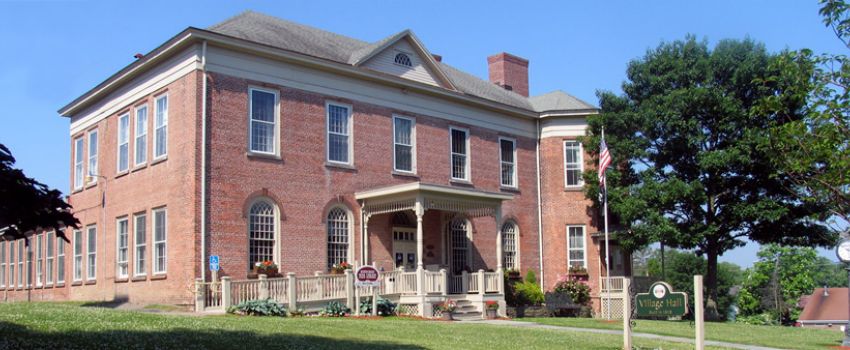
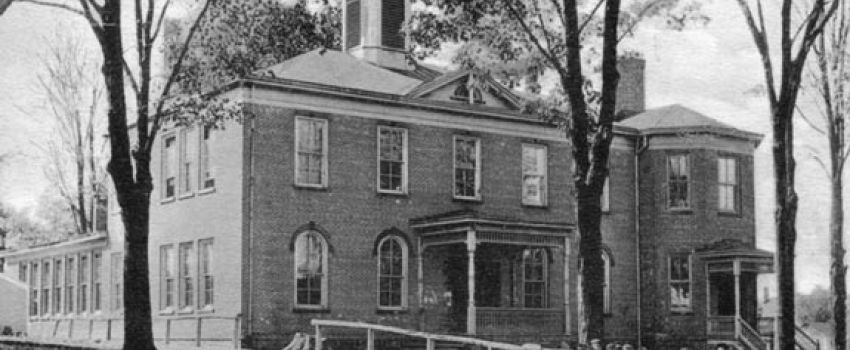
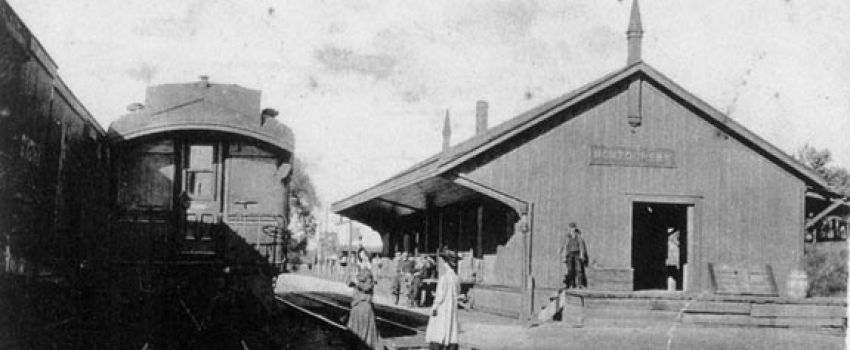
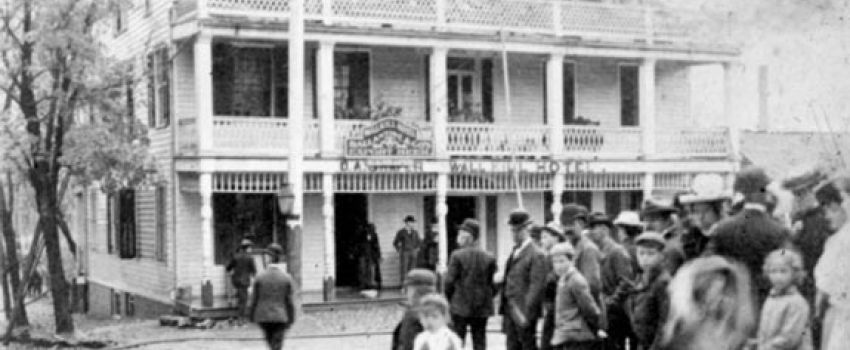
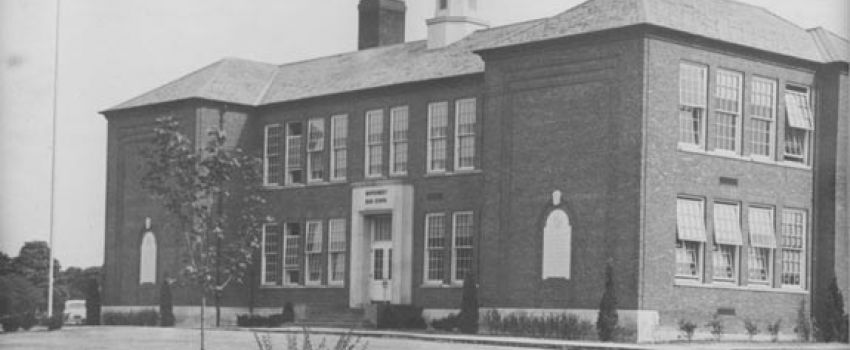
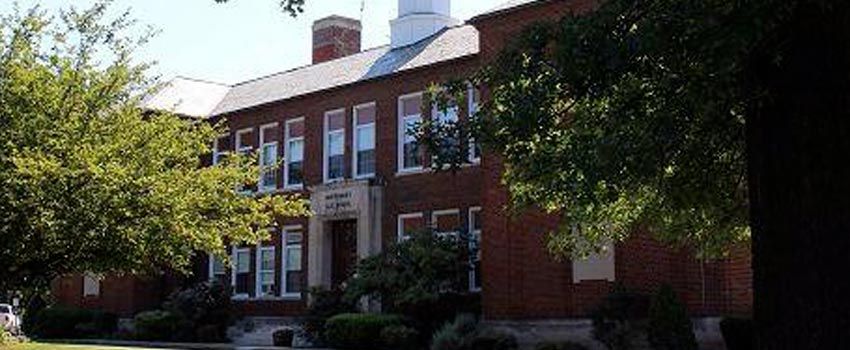
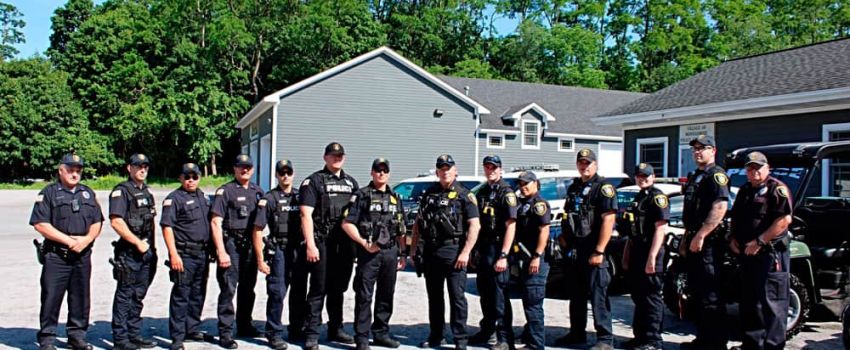
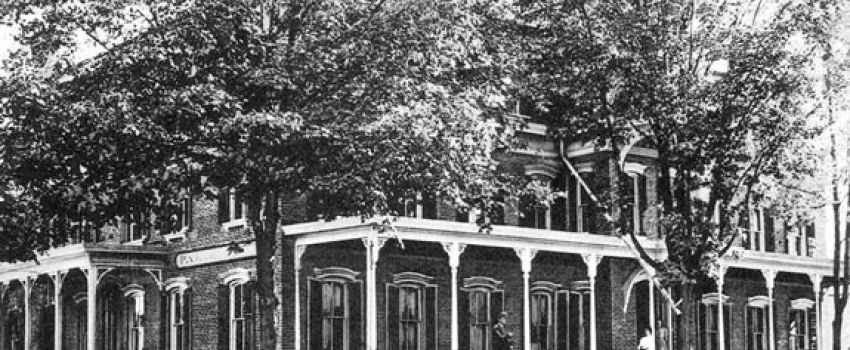
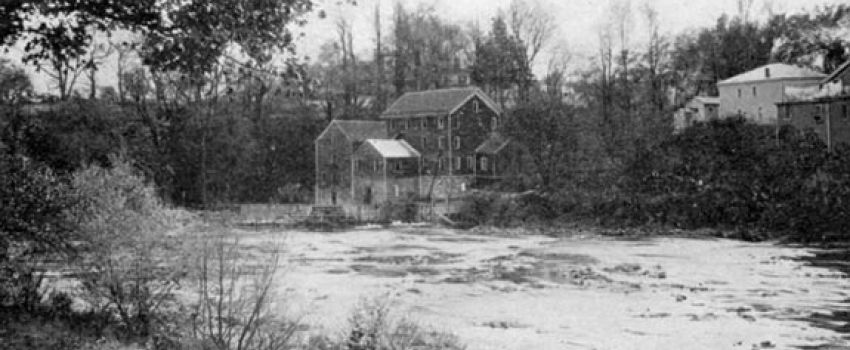
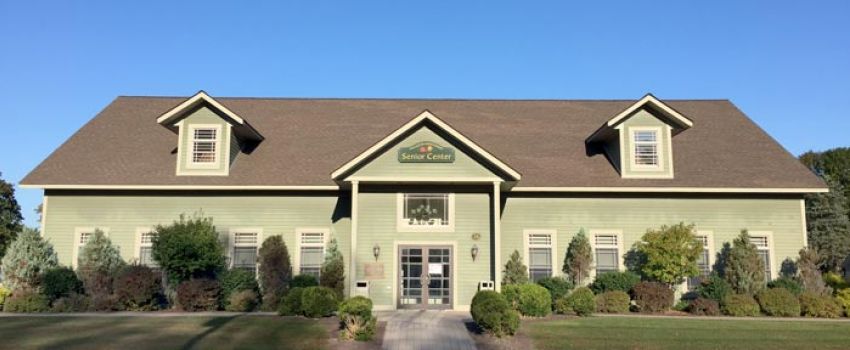
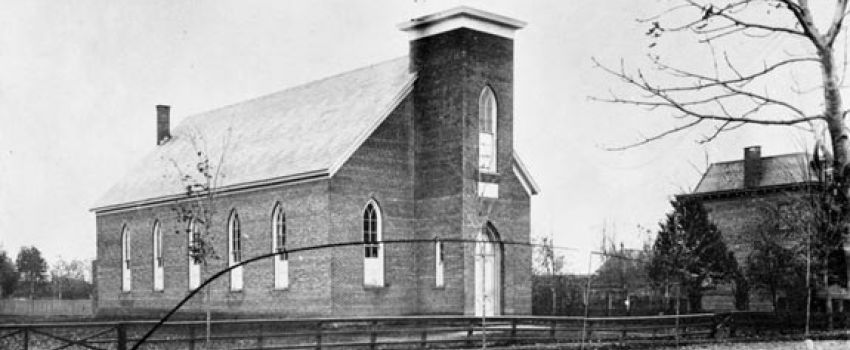
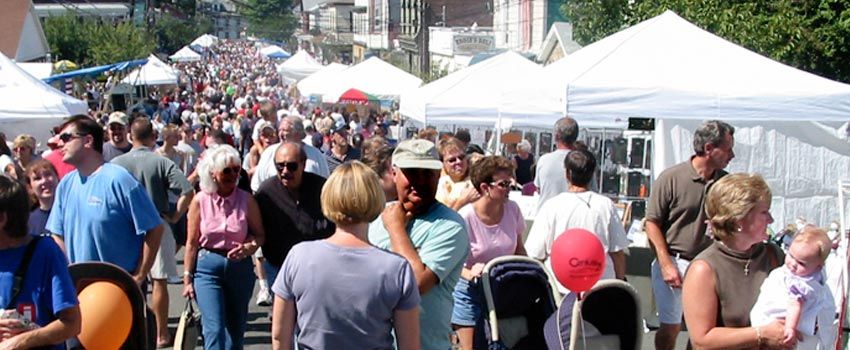
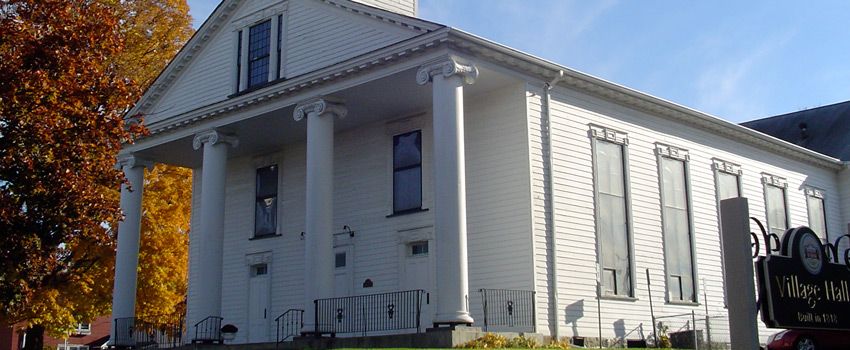
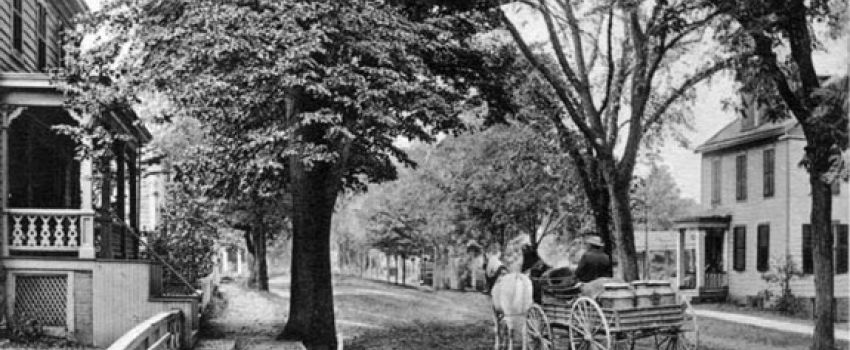
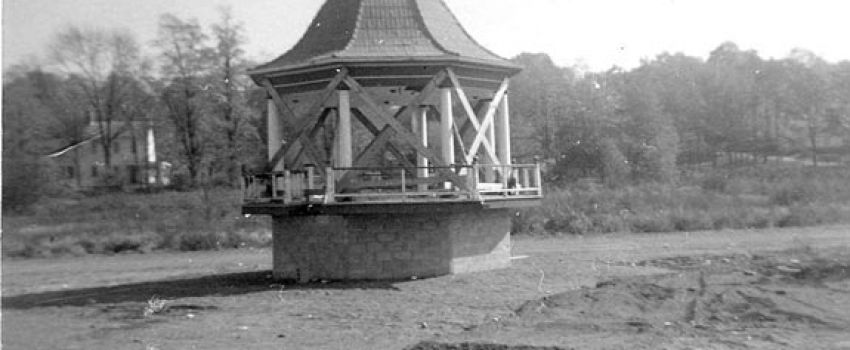
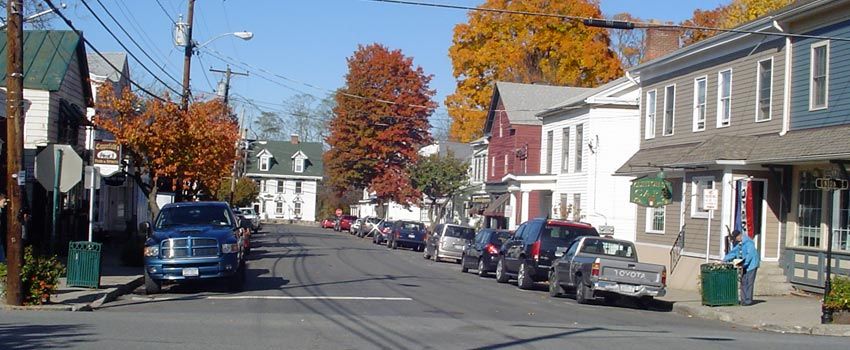
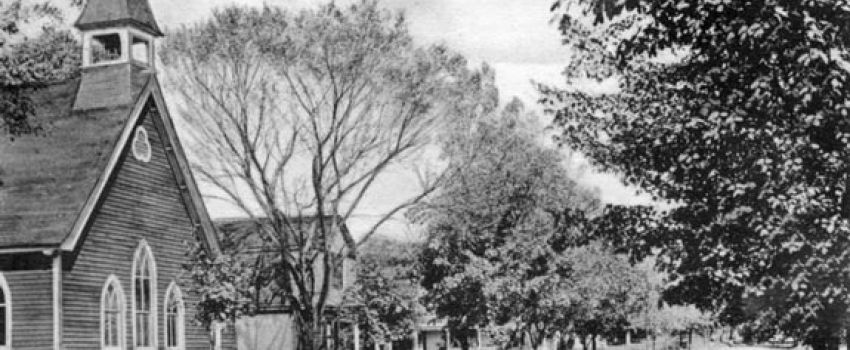
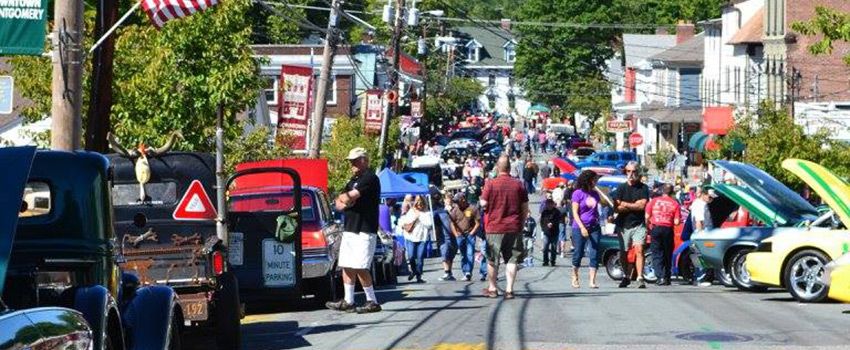
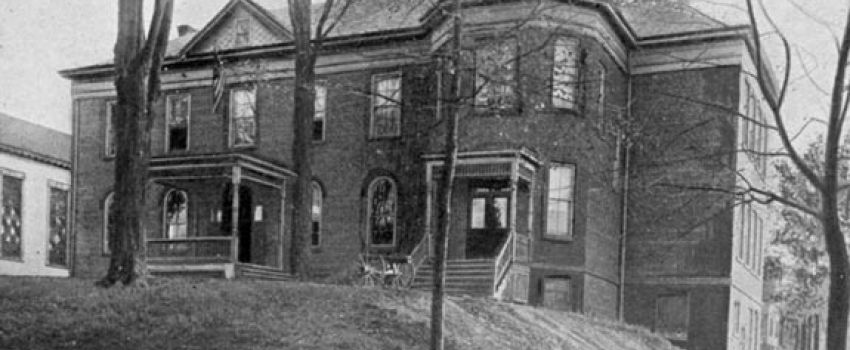
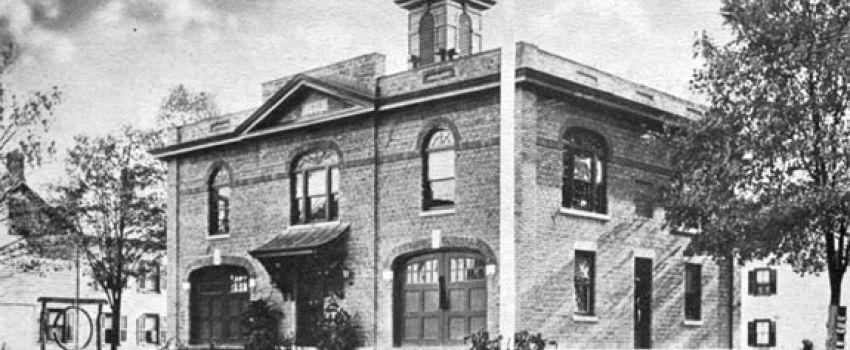
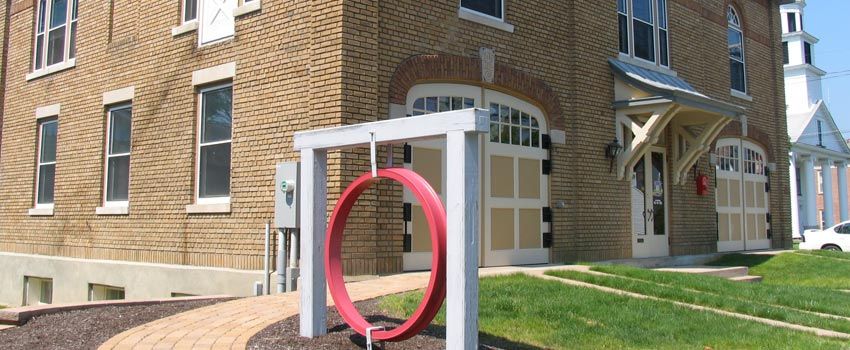
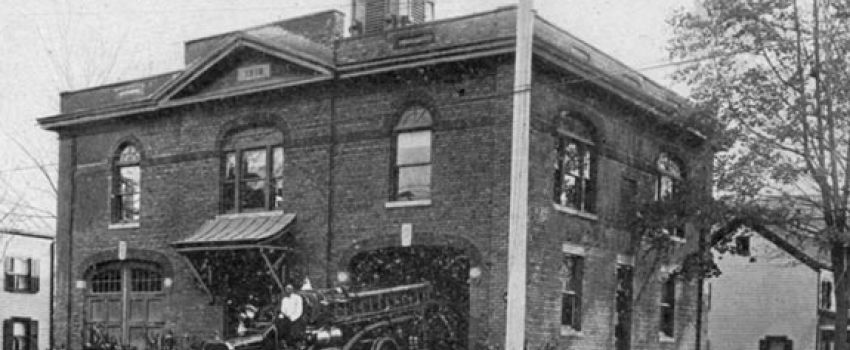
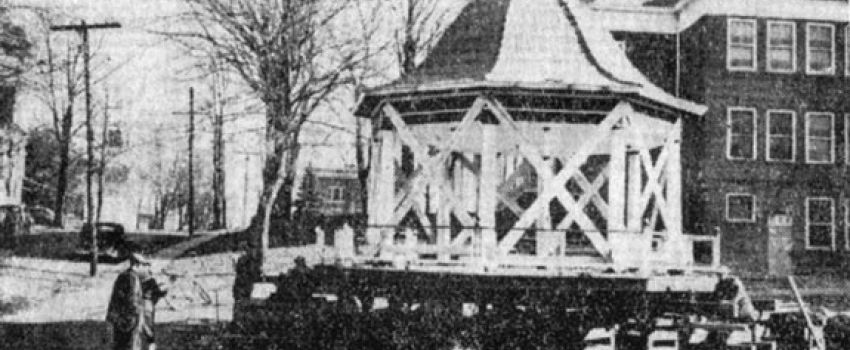
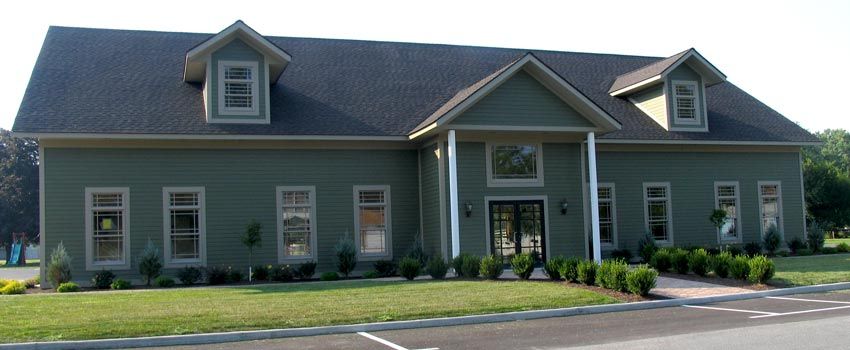
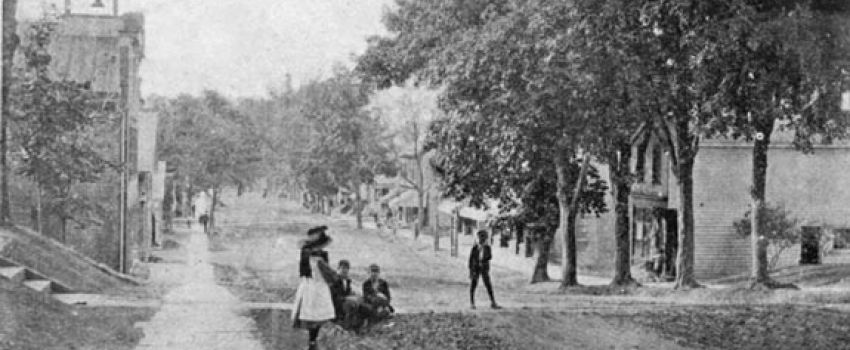
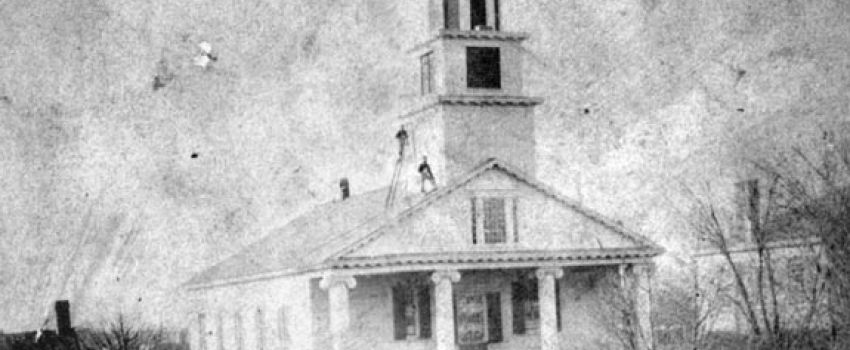
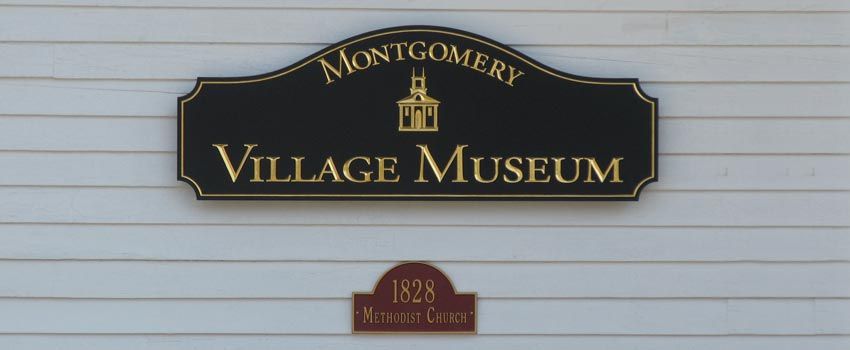
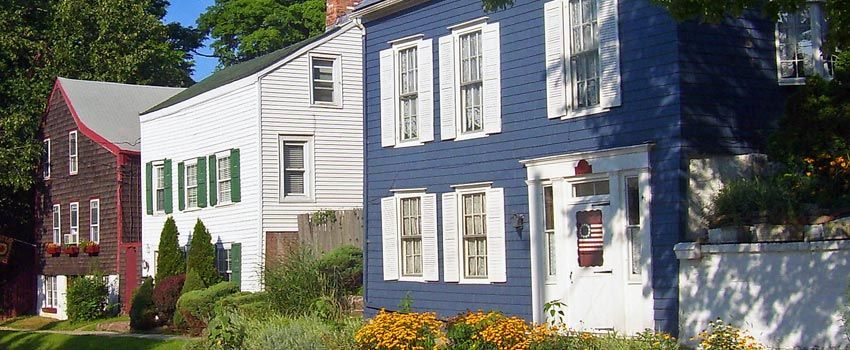
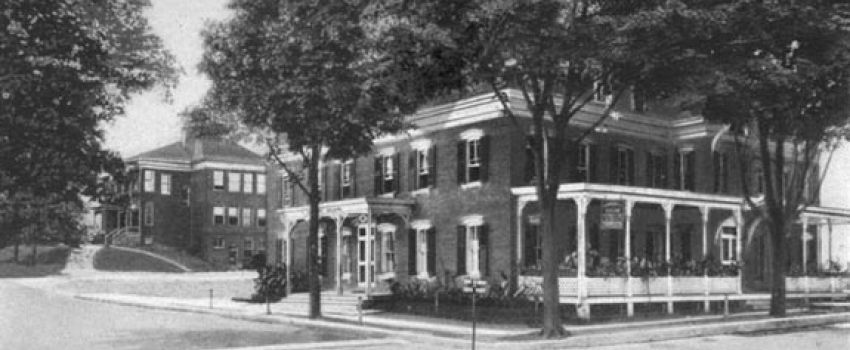
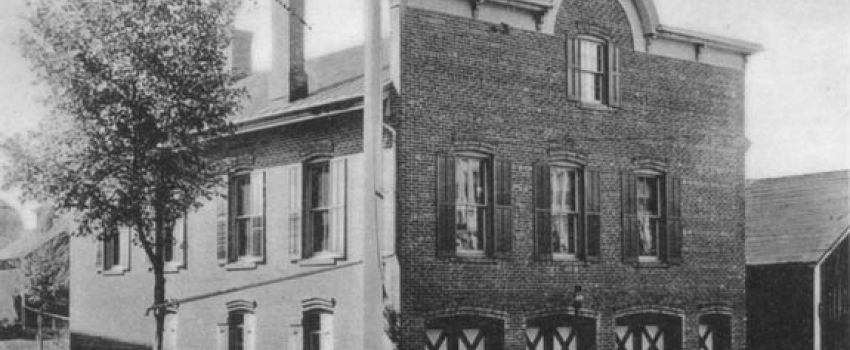
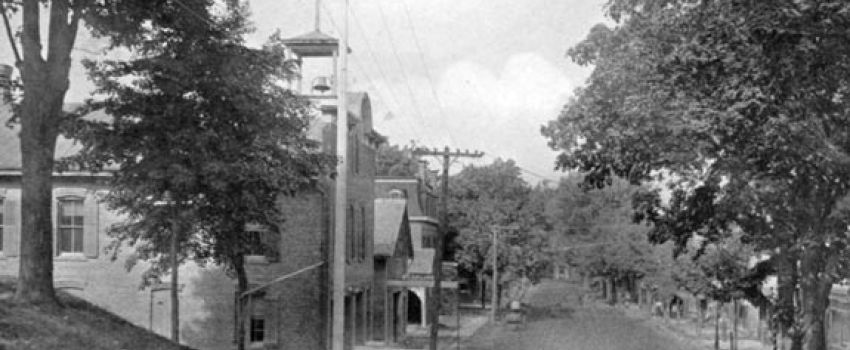
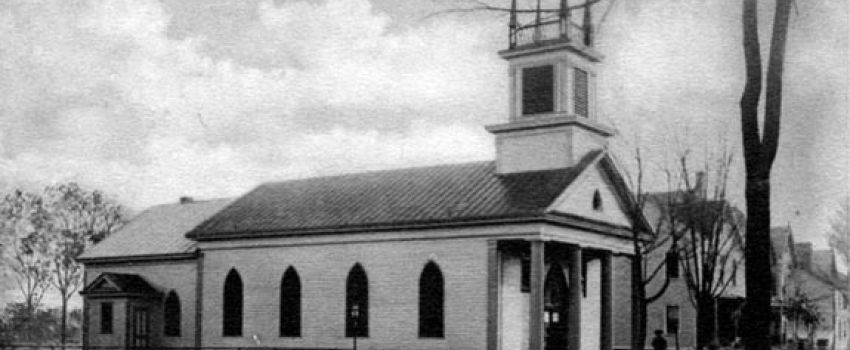
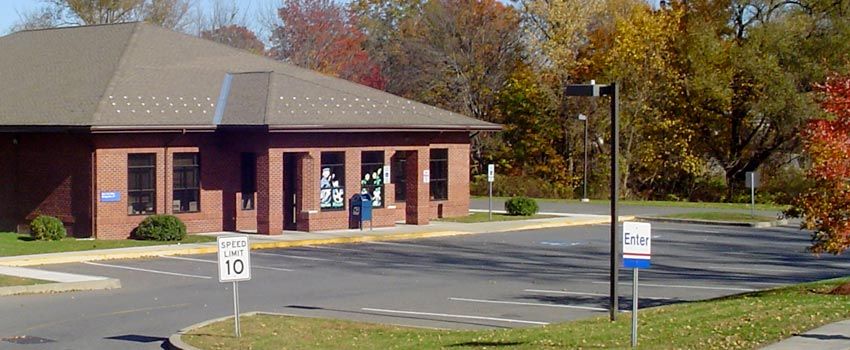
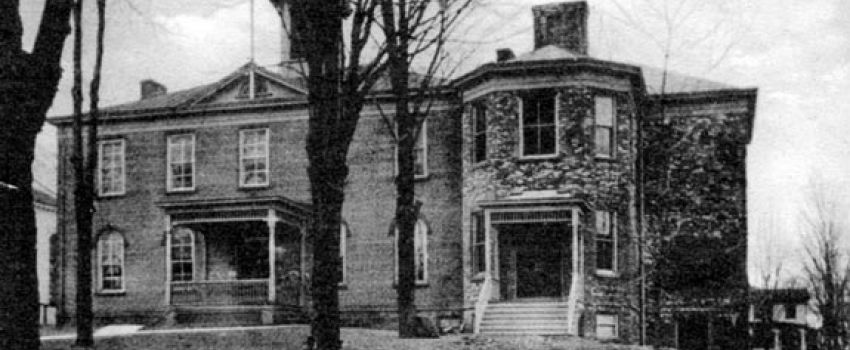
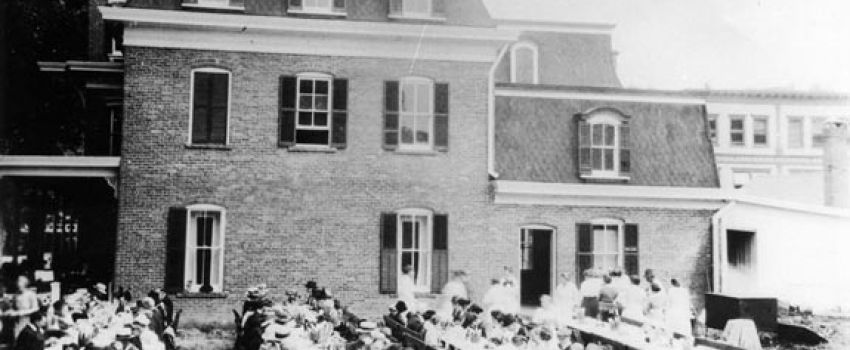
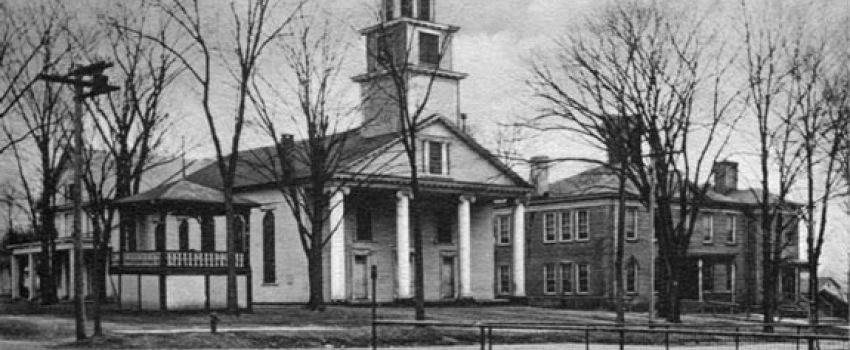
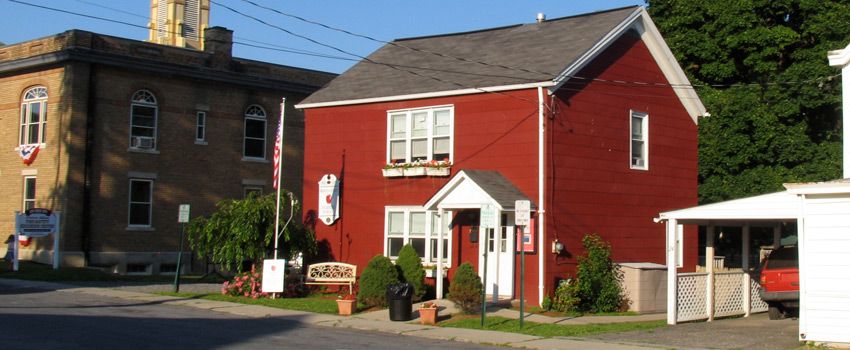
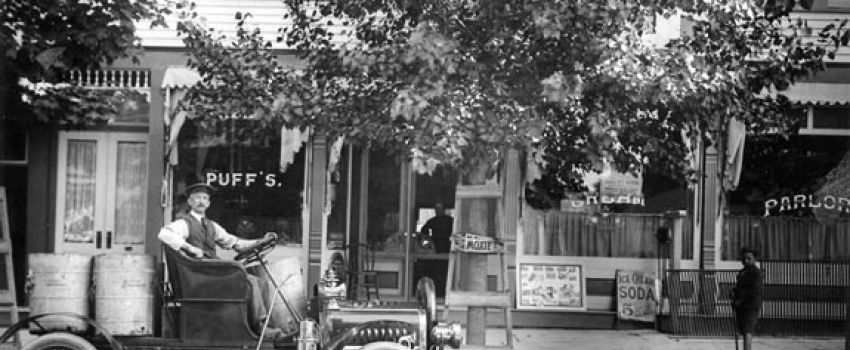
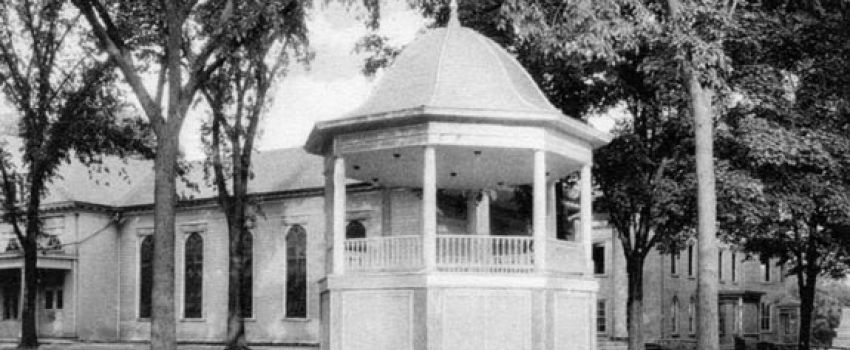
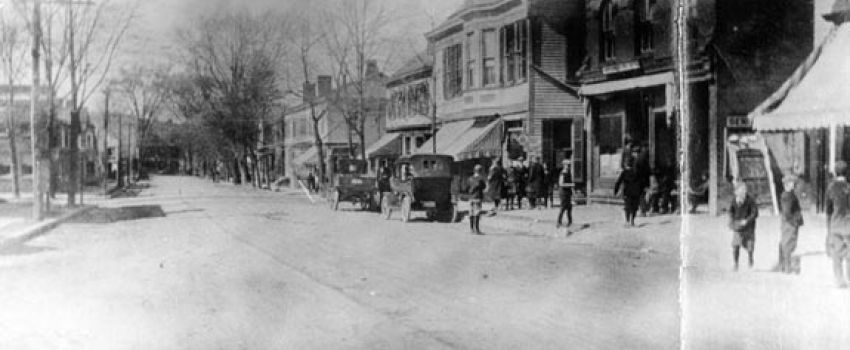
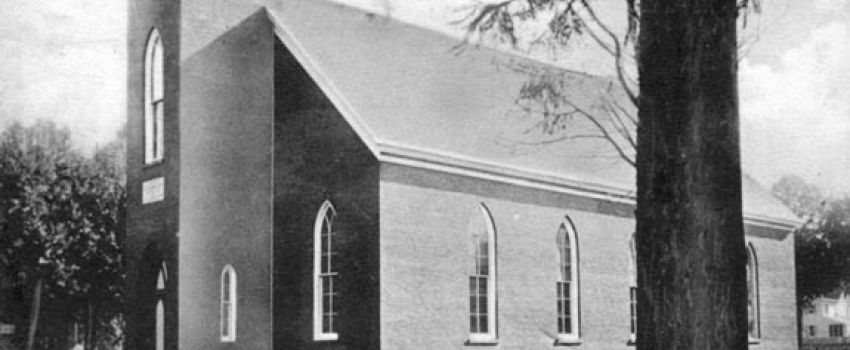
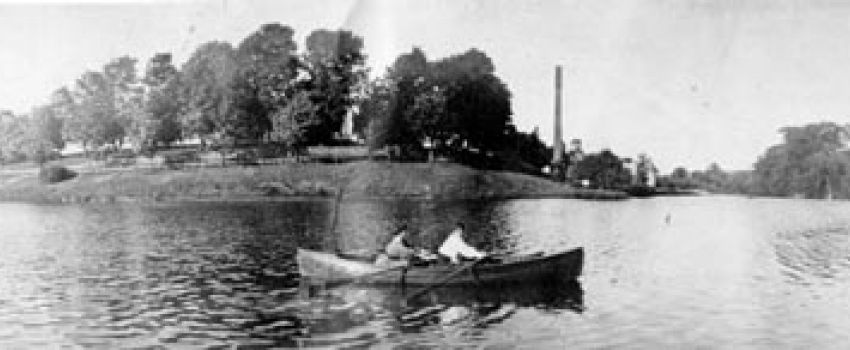
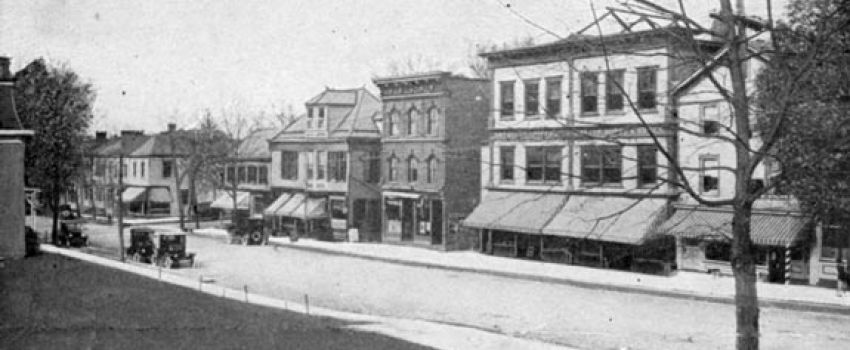
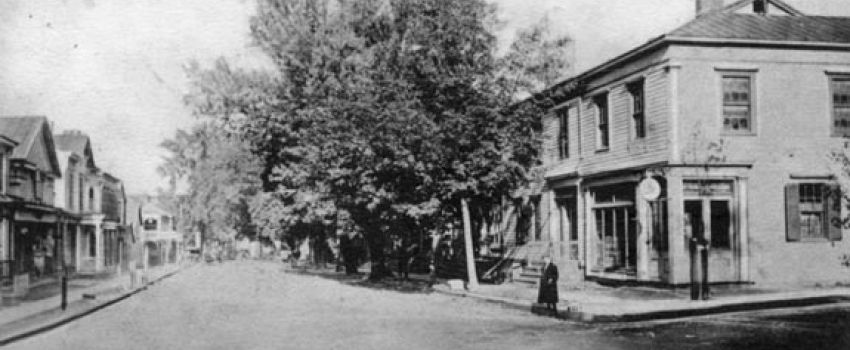
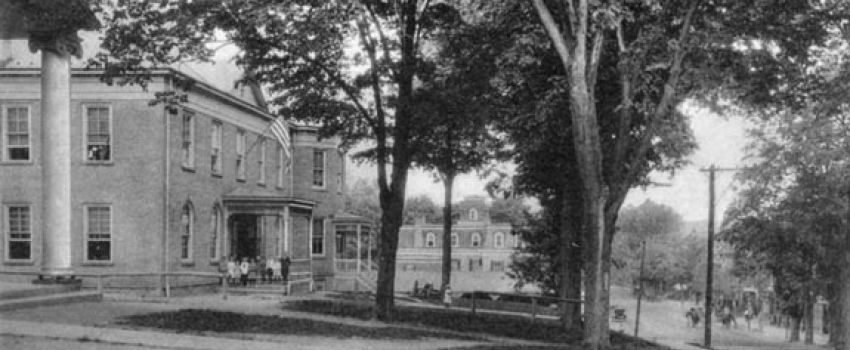
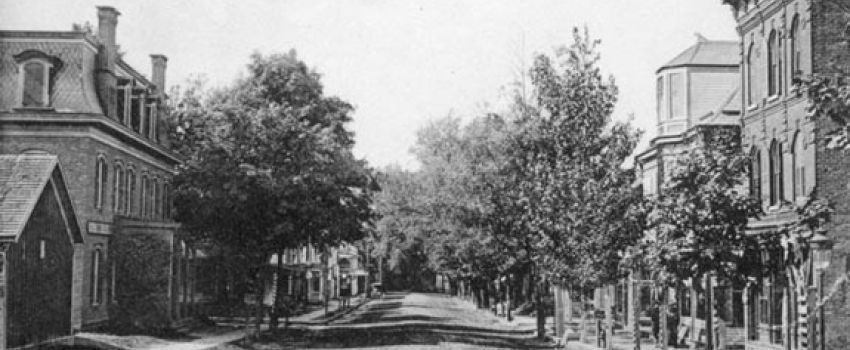
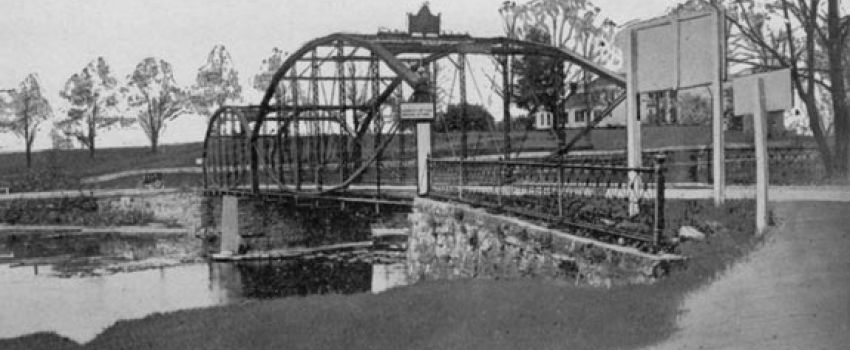
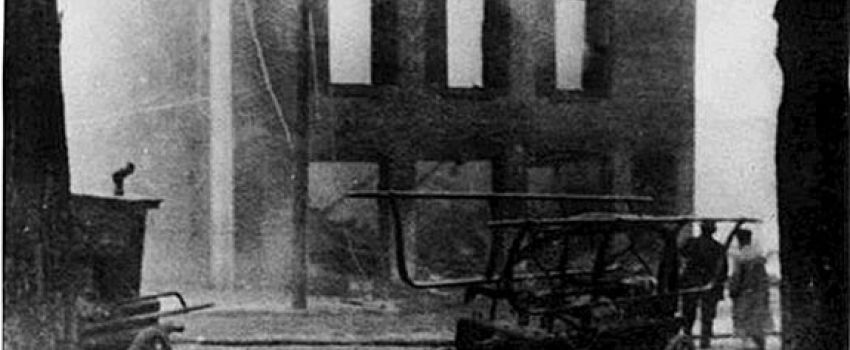
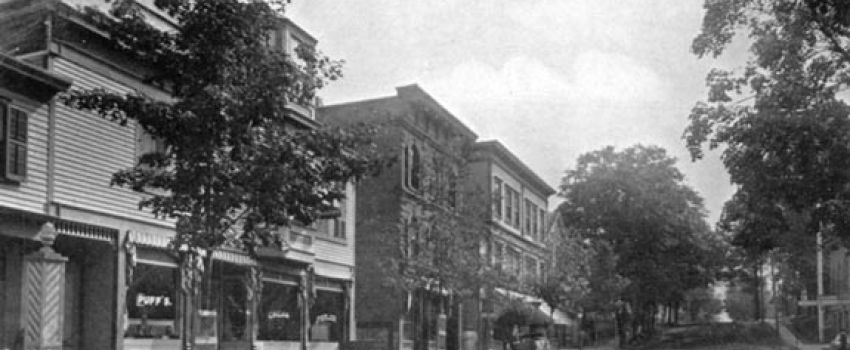
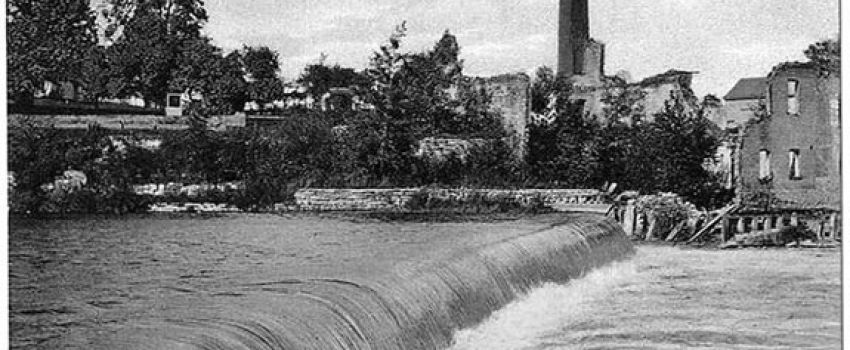
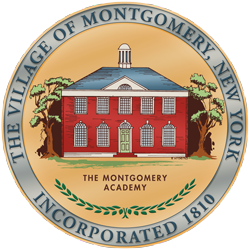
 Read full Article from midhudsonnews.com ~~~~~~~~ The governor also announced two $4.5 million New York Forward
Read full Article from midhudsonnews.com ~~~~~~~~ The governor also announced two $4.5 million New York Forward